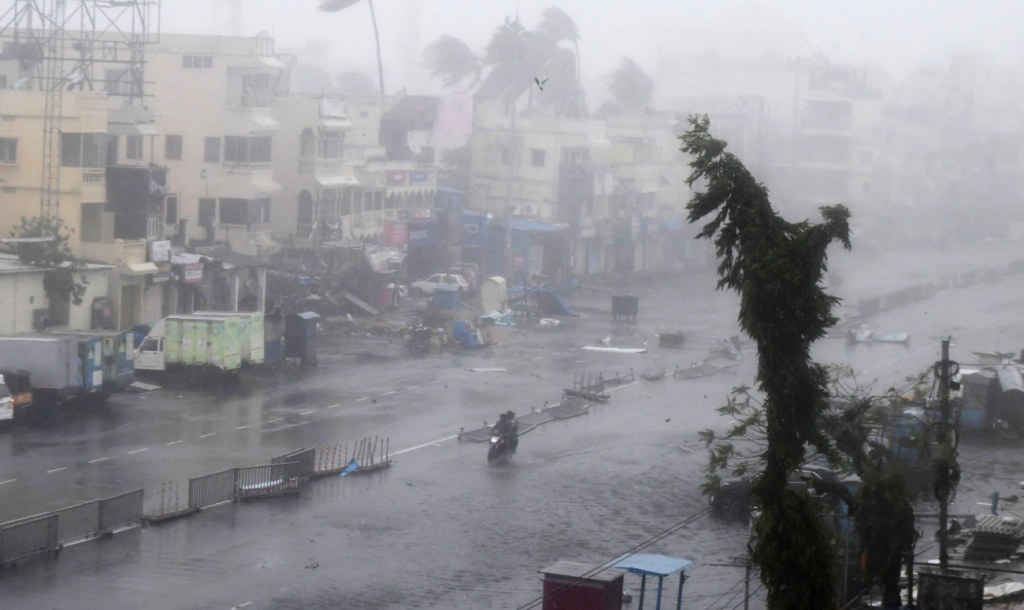One of the biggest storms in years was bearing down on Odisha, one of India’s poorest states, where 46 million people live in a low-lying coastal area in mud-and-stick shacks.
Cyclone Fani slammed into Odisha on Friday morning with the force of a major hurricane, packing 120 miles per hour wind. Trees were ripped from the ground and many coastal shacks smashed. But, as of early Saturday, mass casualties seem to have been averted because of the government measures for Fani.
The government measures for Fani
Warnings
When Fani was hundreds of miles away, a week ago, the Indian authorities who had been watching closely, first picked up a large swirl on meteorological radar. Though it wasn’t a cyclone then, but rather a depression- a spiraling low-pressure storm that sucks in warm air. As it moved over the Bay of Bengal, the storm strengthened. Fani had become a cyclone by mid-week and was headed towards Odisha.
Preparations
What can truly be called a remarkable achievement, especially in a poor state of a developing country, the product of a meticulous evacuation plan in which the authorities, sobered by past tragedies, moved a million people to safety, really fast. After the devastation caused in 1999, by the Paradip Cyclone, the authorities of Odisha constructed hundreds of cyclone shelters up and down the coast. These may not be picturesque, but their structures have been designed by the faculty at one of India’s elite universities, IIT Kharagpur and have proven storm-worthy.

Government authorities in Odisha, deployed everything they had: 2.6 million text messages, 43,000 volunteers, nearly 1,000 emergency workers, television commercials, coastal sirens, buses, police officers, and public address systems blaring the same message on a loop, in local language, in very clear terms: “A cyclone is coming. Get to the shelters.”
Tourists were advised to leave and an enormous amount of equipment was readied to deal with the storm’s aftermath, including 300 power boats, 2 helicopters and many chain saws to cut down trees. At the same time, the shelters were provided with truckloads of food and bottled water. Packed buses were chugged up and down the roads around Puri, a coastal town that was predicted to get walloped. Each shelter had the capacity to shelter several hundred people.
The Storm
On Friday morning, Fani hit the shores. In Bhubaneshwar, Odisha’s capital, huge tree limbs snapped in the lashing rain. In Puri, the winds wrecked all the roadside kiosks, and reached 100 miles per hour.
Aftermath
Though the aftermath was not as devastating as before, every storm has its causalities. This time it took lives of several people and injured more than 100. Many people, if they hadn’t lost their lives, lost their livelihoods. Every small cyclone or tsunami teaches you how to deal with the bigger ones.
Image: New York Times
Read More: PRAYERS WILL BRING YOU PEACE






























